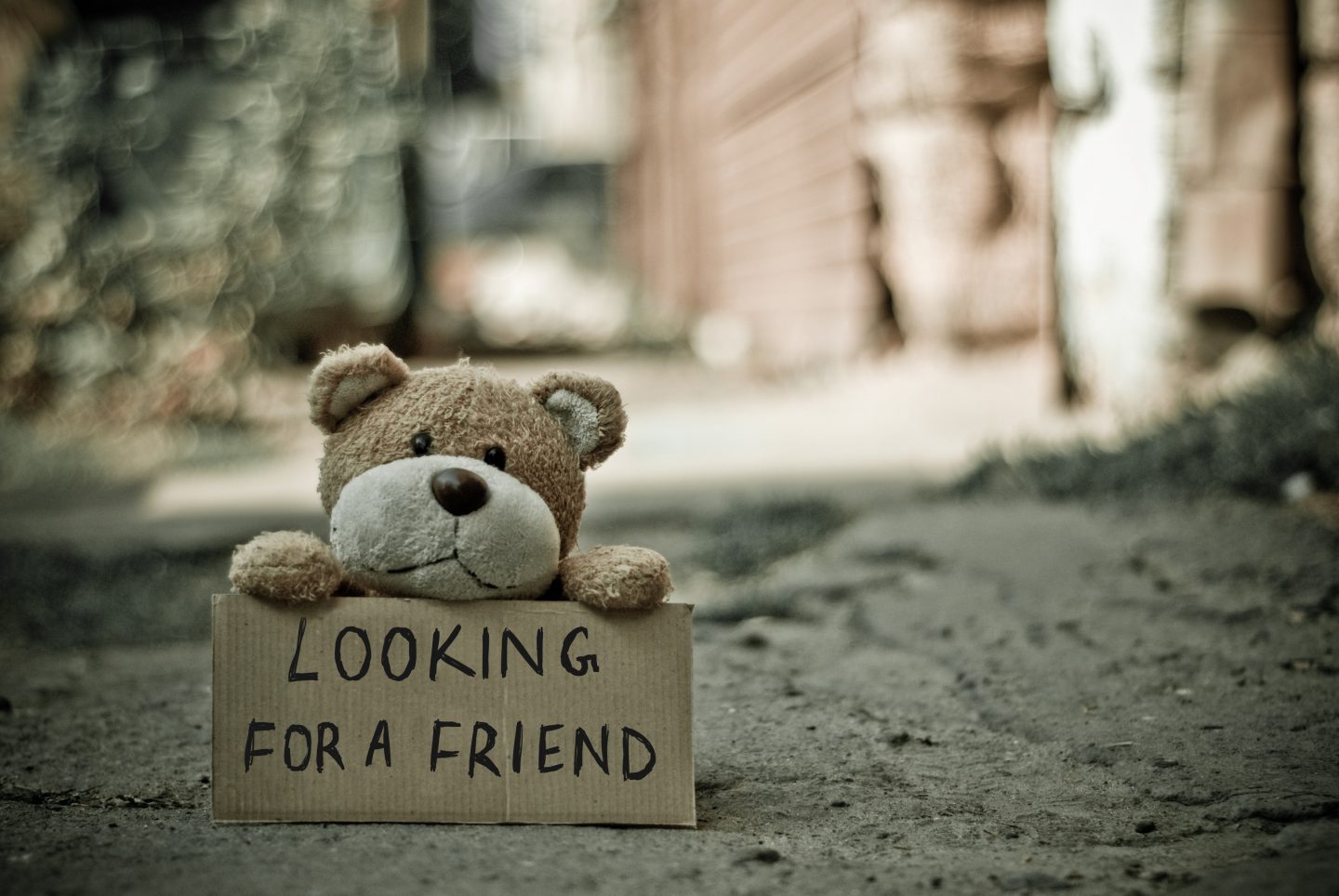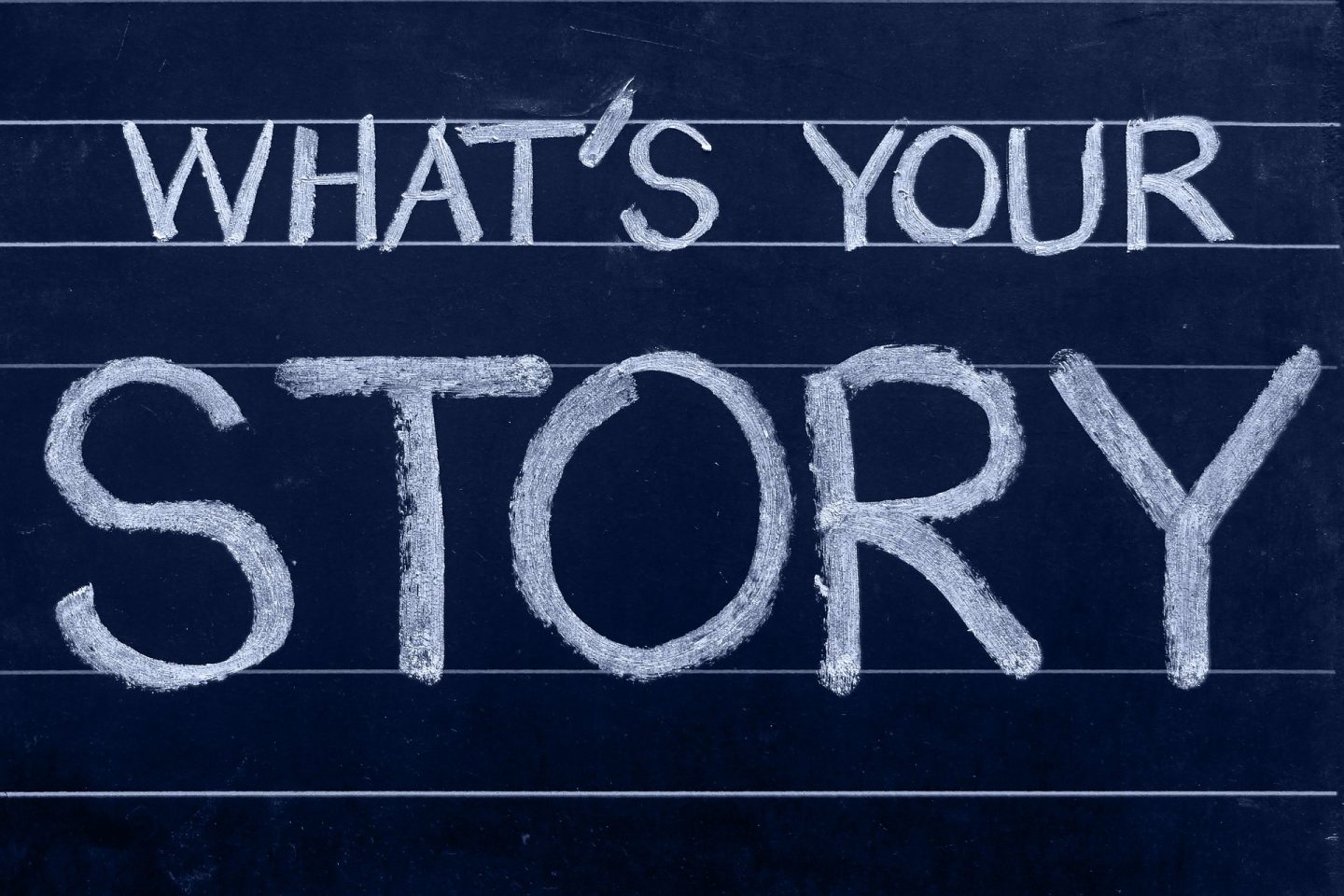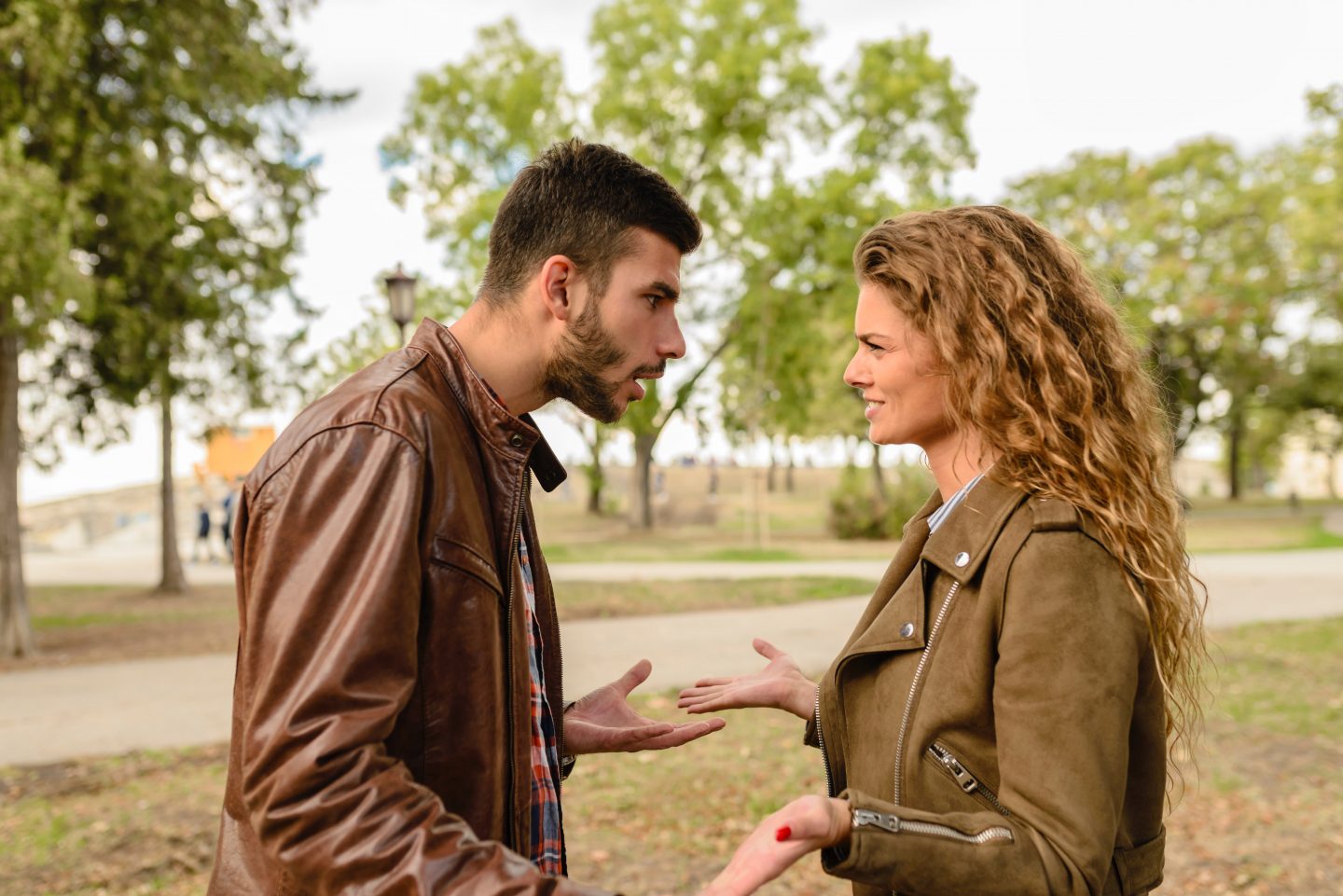
Why Everyone Should Know About Interventional Empathy
Suicide prevention expert Mark Goulston, co-creator and moderator of the new documentary Stay Alive, shares his six-step technique for calming yourself or someone else who may be on the verge of self-destruction.

What would you do if you encountered a suicidal person? The classic scenario of a person standing on a bridge likely comes to mind when we think of suicide. But an at-risk person can show up in your life in any number of ways.
A friend might call you in hysterics saying they no longer want to live, or a family member could show up threatening self-harm with a weapon. Or you might encounter a passerby who suddenly becomes volatile. In any of these cases, you know that what you do next is important. If you don’t say the right things, the results could be deadly.

“You may never have given this subject much thought,” says Dr. Mark Goulston, suicide prevention expert and co-creator and moderator of Stay Alive, a new 75-minute video/podcast documentary available here on YouTube, serving at-risk populations and featuring suicide survivor Kevin Hines and suicide prevention advocate Rayko. (#StayAliveNow) “But in a time when mental illness, including depression, anxiety, and PTSD, is at an all-time high, it’s more important than ever to know what to do to calm down an at-risk person.
“Suicide is now the second-leading cause of death among teenagers in the United States, after accidents,” adds Goulston. “The hope that we could help people find their way out of despair was the impetus for creating this film. Suicide prevention isn’t just about helping the person who is afflicted. To really move the needle toward saving lives, we need to remove the societal stigma surrounding suicide.”
Goulston explains that this process begins with helping the people who care about at-risk individuals gain understanding and offer support. The next step is helping society recognize the true struggles of those at risk.

Misunderstanding and judgment only further isolate a person who is suicidal. Instead, it’s time for more compassion. When everyone understands how much suffering is really going on, we have a real chance to reach out and save lives.
If someone in your life—or perhaps even a stranger—appears to be out of control and potentially self-destructive or dangerous, Dr. Goulston says interventional empathy is a powerful tool. It’s a simple process he has been sharing with law enforcement officers as a way to deescalate potentially violent situations.
But anyone can learn to practice interventional empathy, and it could help save someone’s life—even your own! That’s right; not only does interventional empathy help calm down other people, but you can use it to calm yourself if you ever begin to spiral into despair or self-destruction.

Here is a six-step process for showing interventional empathy if you or someone you encounter appears as if they may become violent or self-destructive:
Step 1: Say, “Whoa! Whoa! Whoa! Whoa!”
Saying this signals you or others to stop agitated behavior. It’s pretty primal. After all, this is the same thing you say to a horse when it rears up and is about to start galloping out of control.

Step 2: Say, “Shh…Shh…Shh…Shh…”
This sound signals to quiet not just people’s words but their minds as well. It’s what our teachers did in elementary school, and it still works to quiet a noisy room.

Step 3: Ask, “What happened to you to get you so upset?”
This is a way of validating that people have a reason to be upset as opposed to telling them they’re wrong or to just “shut up!”

Step 4: Say, “Tell me more.”
Saying this invites the person to share a story of events leading to this confrontation. As they relate their story, they will feel listened to, understood, and will understand that you are validating the fact that something led to the current confrontation.

Step 5: Ask, “Is this why you’re acting the way you are?”
This question connects what they say to how they are behaving and communicates that you understand that whatever they are doing makes sense from their point of view. This further deepens your rapport. It also increases their oxytocin levels and decreases their levels of cortisol, the stress hormone, lowering their reactivity and agitation.

Step 6: Say, “A better thing to do right now would be to ______________.”
Once the person relaxes, you can suggest an alternate behavior. By using “fill in the blank” language, you invite the person to help you come up with a better solution. This empathetic communication transforms their combativeness into communication and helps you both come up with a way out of the situation.

Why This Works
“Empathy is a secret weapon for calming down agitated people,” says Goulston.
“It works because it literally disarms each part of a person’s brain in sequence, moving from their most primitive reptilian ‘fight or flight’ brain, through their mammalian emotional brain, and up into their human rational brain.”
But here’s the problem: When we are confronted by an agitated and possibly destructive of self-destructive person, we feel threated and can’t access our rational brain. When this happens, Dr. Goulston says we usually try to stop that person with a verbal confrontation or admonishment.

This response may work for police officers holding a gun; however, when the rest of us shut a person down, it frequently escalates the situation because they feel even more cornered, often causing them to act more irrationally and struggle all the more to access their rational mind.
So, the next time someone appears to be out of control and potentially self-destructive or dangerous, use the technique above to help calm them and hopefully save a life. And remember that it can also work for you.

If you are in turmoil, Dr. Goulston says to imagine someone who cares about you, living or dead, guiding you through those six steps of interventional empathy in your mind’s eye. Feel their love for you as they do it. Then feel your own gratitude toward them for their having cared about you. You will discover that you can’t feel grateful and angry at the same moment.
“When someone is in trouble, they need the gift of empathy more than anything else,” concludes Dr. Goulston. “Luckily, we are all equipped to offer this to anyone who needs it. And whether that person in need is you, your best friend, your child, or a stranger on the street, you can change a life—maybe even save a life—by showing that you care.”

If you or someone you love needs help, call 911 or call the National Suicide Prevention Lifeline at 1-800-273-TALK (8255), or visit www.suicidepreventionlifeline.
Dr. Mark Goulston is the co-creator and moderator of the suicide prevention documentaryStay Alive. He is a former UCLA professor of psychiatry, FBI hostage negotiation trainer, suicide and violence prevention expert, and one of the world’s foremost experts on listening. He is the author of the best-selling “Just Listen”: Discover the Secret to Getting Through to Absolutely Anyone, which became the top book on listening in the world.

Dr. Goulston’sHBR IdeaCast episode Become a Better Listener is ranked number one of all their podcasts. He is also the host of the My Wakeup Call podcast. Dr. Goulston is on the Board of Advisors for HealthCorps and will be receiving the Dr. W. Mark Warfel Resilient Heart Award in April 2019.
About the Producers:
Producers Frank Kilpatrick (www.frankikmusic.com) and Linda Kilpatrick, along with director Paul Emami (www.storytellerz.tv), partnered with Mark, Kevin, and Rayko to create Stay Alive to express the purpose of helping you or someone you love to find their way out of despair. We hope this video is a helpful catalyst for having conversations about those at risk or even with yourself. If you or anyone you know has been touched by suicide and is feeling isolated, we hope you find the video valuable and share it with others.

Stay Alive is a 75-minute video/podcast documentary serving at-risk populations. The program’s two sections, Understanding, and Helping, deliver messages of education, compassion, and caring for those who are in deep despair, along with guidance for their families and friends who love them. Stay Alive is recommended for individuals, families, schools, communities, social services, and churches—anywhere there is a need.
Moderated by Mark Goulston, MD, participants in Stay Alive‘s intimate and disclosing discussion also include Kevin Hines, best known as the man who jumped off the Golden Gate Bridge and survived (www.kevinhinesstory.com), and suicide prevention advocate Rayko (www.rayko.com). #StayAliveNow
Stay Alive is available here on YouTube, and will be available on Amazon Prime Video and other distribution channels free of charge.








